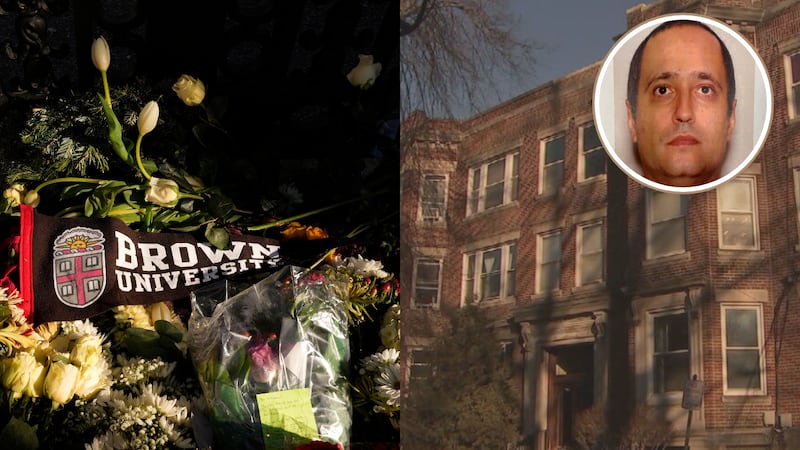With home insurance costs set to rise in 2018, there's never been a better time to re-shop your insurance.
But here’s a shocker: Sometimes you’re better off paying a little more to be with a quality insurer who will be there when the chips are down!
RELATED: How to shop for term life insurance (and why you need to!)
Home insurance rates vary by region
HowMuch.net recently took a look at insurance rates around the country. What they found was both familiar and surprising.
For example, Florida has a longstanding reputation for being plagued with hurricanes. Last year saw three major storms blow through.
So it’s no wonder that the Sunshine State is the most expensive place in the United States to insure a home.
But consider Hawaii. It sits there all alone in the Pacific and could be ravaged by Mother Nature with winds and water — not to mention the active volcanoes on its islands!
Yet major severe weather routinely passes the Aloha State by, so it’s the cheapest state in the Union to insure a home!
Here’s a look at where other states fall on the spectrum…
Top 10 cheapest states for home insurance
These states all have historically low incidences of natural disasters like hurricanes, which is why their average insurance rates tend to be lower than in other parts of the United States.
- Hawaii: $703
- Vermont: $1,033
- Utah: $1,105
- Idaho: $1,106
- Oregon: $1,137
- Washington: $1,155
- Nevada: $1,204
- New Hampshire: $1,243
- Maine: $1,276
- Delaware: $1,306
Top 10 costliest states for home insurance
Many of the costliest states are located in the Deep South, particularly surrounding the Gulf of Mexico. That’s because of the intense and destructive hurricanes that residents of those states have to endure.
Another geographical problem area for insurers is the so-called “Tornado Alley,” which accounts for the presence of Oklahoma, Kansas, Missouri and Arkansas on this list.
- Florida: $6,892
- Louisiana: $6,115
- Alabama: $4,532
- Oklahoma: $4,454
- Arkansas: $4,026
- Texas: $3,306
- Missouri: $3,121
- Kansas: $3,170
- South Carolina: $2,833
- Tennessee: $2,820
Consider your insurer carefully
If you’re coping with a very high premium, this might surprise you, but sometimes you’re best staying put with your current insurer.
That's especially true if your insurance company is Amica Mutual or USAA Insurance.
Money expert Clark Howard has long talked about how his two favorite insurance companies have a great reputation of paying claims properly and making you whole again when acts of God destroy your property.
USAA is only available to those in the military or affiliated with the military through direct family ties. But for everyone else, there’s Amica.
Amica is set up as a mutual, which means there are no shareholders and you must buy into this company. So sometimes your rate for the first year reflects that added cost. Yet most customers typically get an annual rebate from the company of 20% of what they paid in premiums when they have a year with no claims.
When you’re getting insurance, remember this: Traditional home insurance will cover the structure of your home and your belongings inside it should a fire burn it down or a giant tree fall into it. But it will not protect you in the event of a flood.
So consider this a reminder that if you live in a flood-prone area, you're going to need to buy a supplemental flood policy. You can shop for a policy through FloodSmart.gov. The average policy costs $707 annually, according to ValuePenguin.com.
One final thought — renters need insurance, too! The average renter's insurance policy costs less than $200 and covers your belongings in the event of theft, fire and other disasters. The reality is that your landlord is not responsible for damage to your belongings; you are.
RELATED: 5 reasons why home insurers will fire you as a customer
Clark.com







